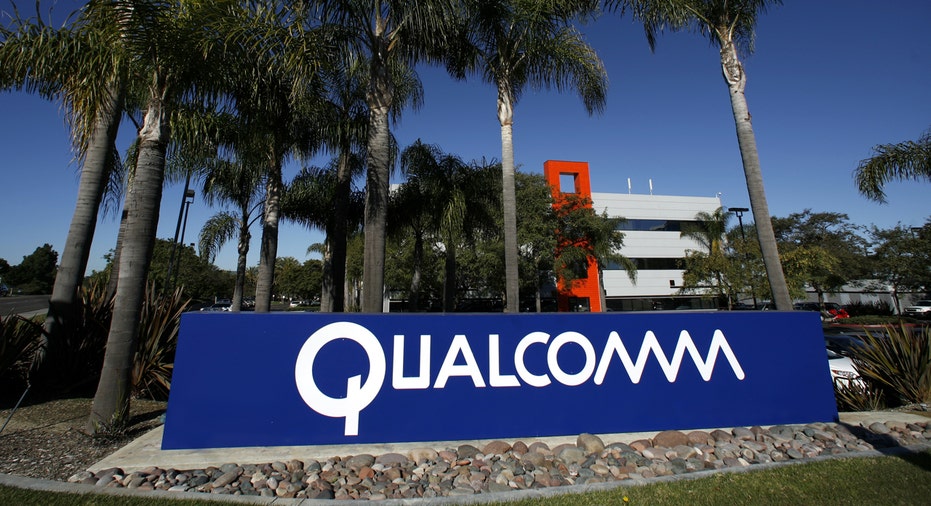Qualcomm Decides Against Breakup

Qualcomm decided not to break up the company, despite pressure for change from an activist investor and scrutiny of the chip maker's business by antitrust authorities. A special committee of the board of directors had concluded what the San Diego-based company called a "comprehensive" review, Qualcomm said. It determined that shareholders would best be served by continuing the company's longtime structure, comprised of one unit that sells chips and another that licenses patents. "The strategic benefits and synergies of our model are not replicable through alternative structures," said Steve Mollenkopf, Qualcomm's chief executive, in prepared remarks. The company, which has studied breakup options before, promised in July to take a fresh look at the idea. That announcement followed a sharp drop in profit, a steady decline in Qualcomm's share price and the disclosure by activist Jana Partners in April of a stake in the company worth more than $2 billion. Jana pressed the company to consider a breakup among other options to boost its share price. Qualcomm in July also announced plans to cut $1.4 billion in expenses. It also named two new directors as part of an agreement with Jana, adding that it would nominate a third director approved by the investment firm. The six-member committee that evaluated prospects for a breakup included the two Jana-backed board members. The company is known for popularizing and patenting a variety of digital technology that became widely used with the advent of third-generation, or 3G, cellular networks. As a result, Qualcomm for years has charged handset makers a royalty based on the wholesale price of their handsets. Qualcomm, though it gets most of its profit from those royalties, gets more than half of its revenue from selling cellular baseband chips and processors that run applications in smartphones. The company's chip business has grown in recent years because it scooped rivals in delivering 4G baseband technology known by the designation LTE. Smartphone makers have long chafed at Qualcomm's market power and the cost of patent royalties, sometimes complaining to government agencies. Licensing practices were a key focus of a lengthy probe in China-- settled in February after Qualcomm agreed to pay a $975 million fine--and are also being studied by the U.S. Federal Trade Commission and authorities in South Korea and Taiwan. Qualcomm disclosed the Taiwan investigation on Dec. 8, the same day the European Commission said it had charged Qualcomm with violating antitrust laws in other ways. The EU alleged that Qualcomm illegally paid a major customer to exclusively use its chips, and said the company sold chips below cost to force a competitor, Icera Inc., out of the market. Qualcomm said it is complying with European antitrust laws. Downward pressure on Qualcomm's share price--off 37% this year--has come from factors that include moves by customers like Samsung Electronics Co. to use internally developed chips where possible. More recently, Qualcomm has said some Chinese companies dragged their heels on signing new royalty agreements. But patent royalties have historically provided the company with financial resources that most other chip makers don't have. Qualcomm reported $31 billion in cash on its balance sheet as of the end of September. The company said the board committee's review found that selling chips along with licensing patents provides a series of benefits. For one, Qualcomm's structure provides finances to invest in fundamental research into new technology earlier than most other companies, the company said. Moreover, the committee found that owning a chip business helps promote faster adoption of those technologies than Qualcomm could by licensing patents alone, the company said. Write to Don Clark at don.clark@wsj.com



















